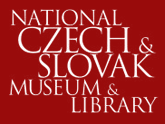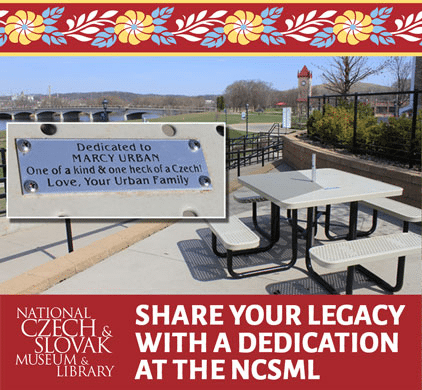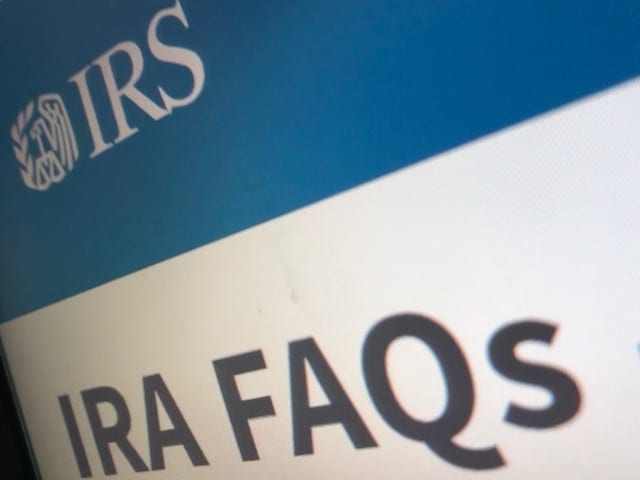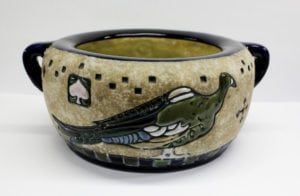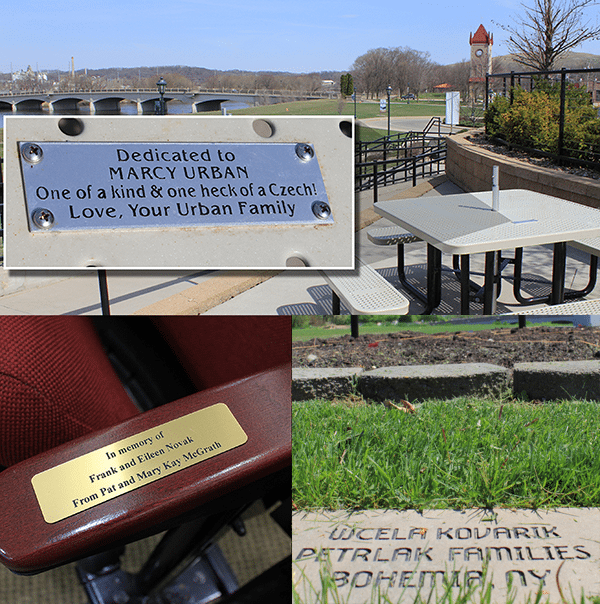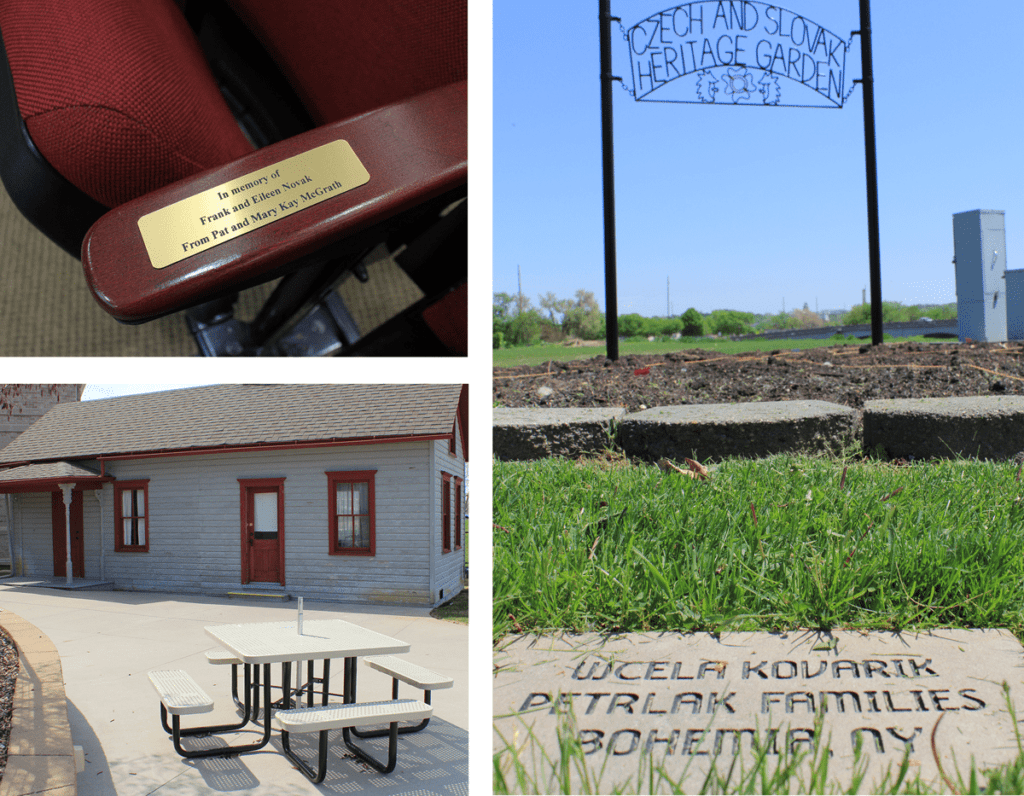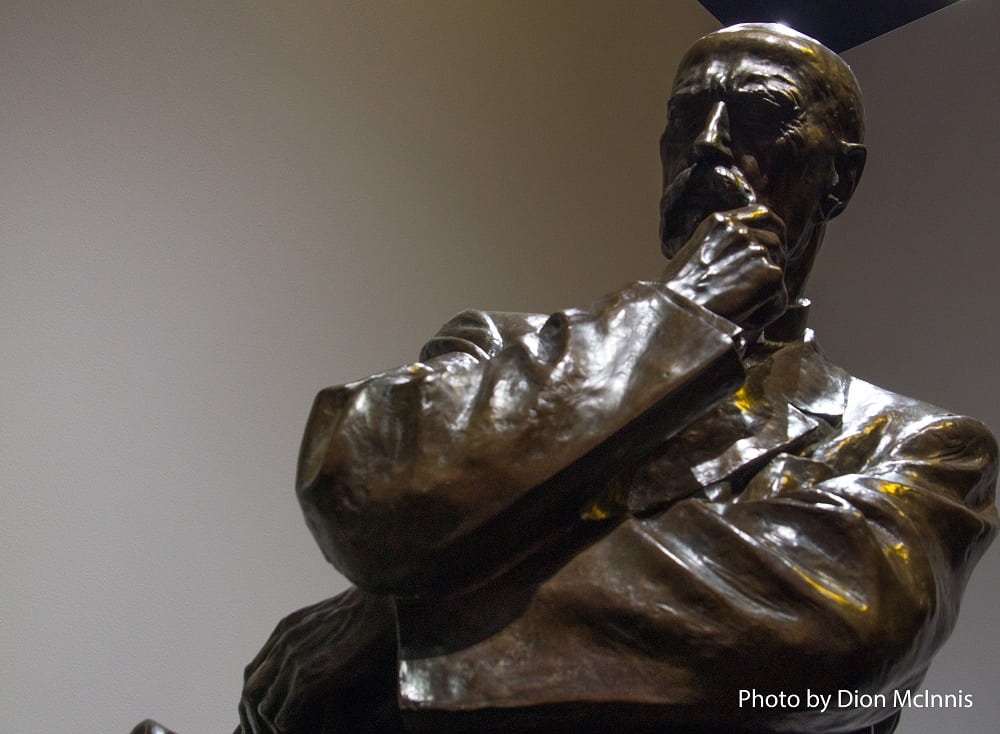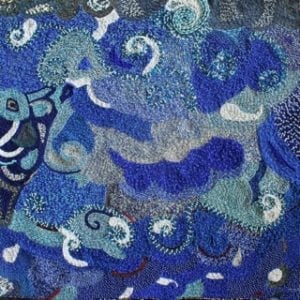
BrewNost is Sept. 14, but there are many events in August and September to get you in the spirit. Events at Iowa Brewing Company and Thew Brewing Company are sure to be fun and provide great times with friends. But beer isn’t the only theme at the NCSML. Learn, explore, and get inspired!
Celebrating culture includes learning the ways of the past. Upcoming classes are being offered in sauerkraut making, binary beading, and more.
Speaking of beading, don’t forget to look into the incredible Ubuhle Women exhibit. It is a celebration of independence through art made with Czech glass beads. Sarah Henderson, NCSML K-12 Specialist, shares more insights into the exhibition and the artists in this article featured in The Iowa Source.
Check the events page for more classes, exhibitions, and experience.
Let me know if you’re interested in supporting these programs by contacting me at DMcInnis@NCSML.org or at 832-877-8821.
